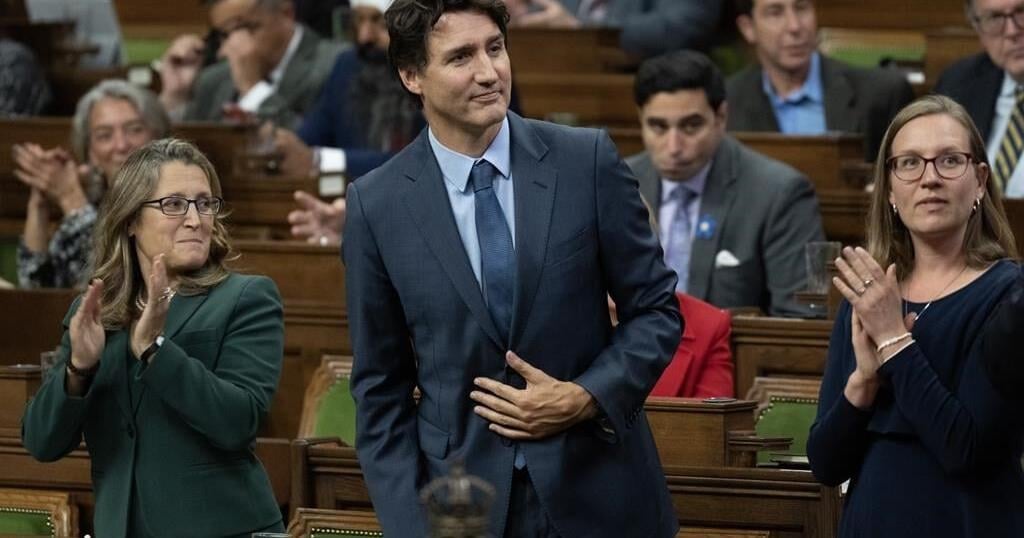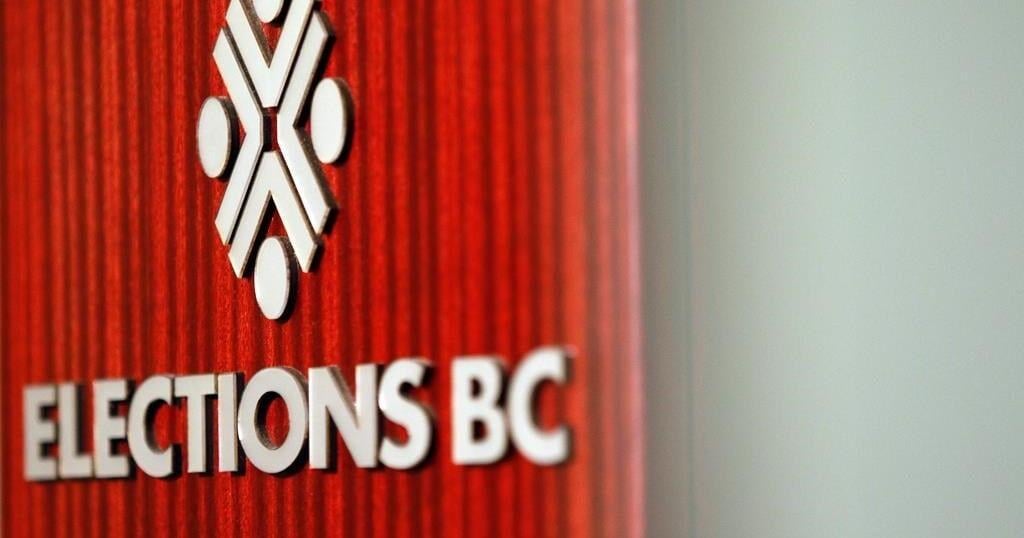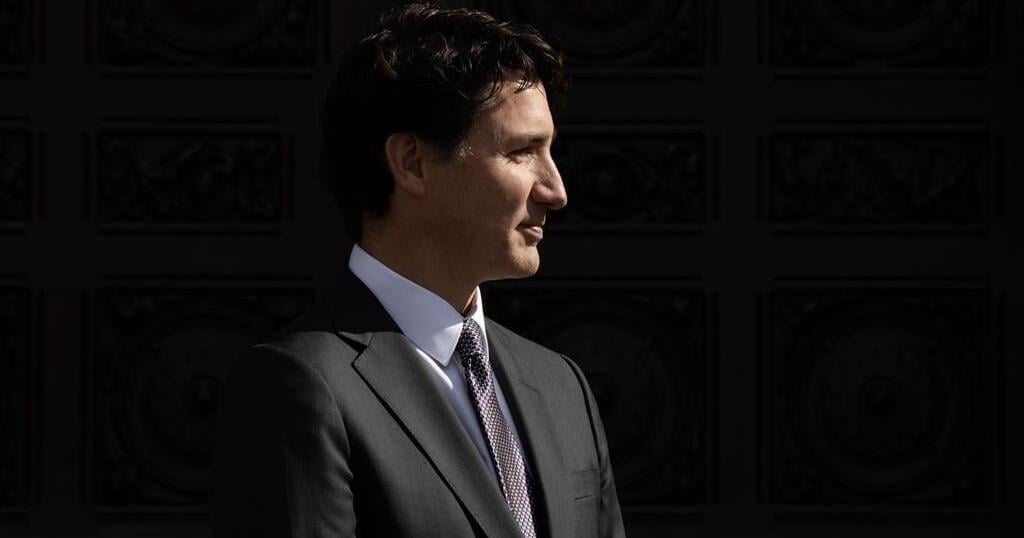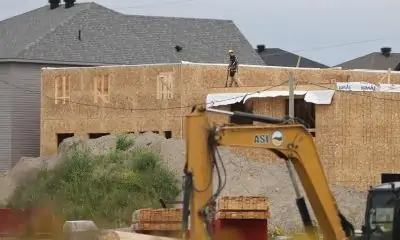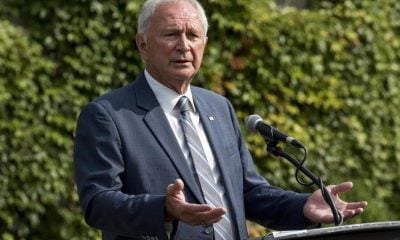BANFF, ALTA. – Some Canadian CEOs say the hundreds of billions of dollars the United States is offering in subsidies for the energy transition is causing a worrisome brain drain of some of this country’s top talent.
Ken Seitz, the CEO of Saskatoon-based Nutrien Inc., was one of the Canadian executives who expressed the concern Thursday at the Global Business Forum, a conference of business, policy and academic leaders held annually in Banff, Alta.
“You can just see the brainpower heading south,” Seitz said, adding the tax credits and subsidies offered through President Joe Biden’s landmark Inflation Reduction Act are drawing investment dollars south of the border when it comes to things like renewable energy and carbon capture and storage.
“You can see the ecosystem that’s evolving (in the U.S.) around some of these clean technologies, and the very real incentives that are there for all of that to happen.”
Seitz’s concerns were echoed by Darlene Gates, CEO of Canadian oilsands company MEG Energy Corp., who also spoke in Banff on Thursday.
Gates said Canada’s existing combination of regulation and incentives for decarbonization is not spurring the same amount of investment in this country as the Inflation Reduction Act has south of the border.
The Inflation Reduction Act, or IRA, was signed into law in 2022 and offers about US$375 billion in new and extended tax credits for everything from renewable electricity generation to hydrogen production to sustainable jet fuel usage to help the U.S. clean energy industry get off the ground.
Since its inception, the IRA has been held up as the gold standard in the global race for clean energy investment, with many Canadian companies saying the U.S. incentives are so attractive that it’s impossible to compete.
“It’s not that we need to have the same tools, but the outcome needs to be the same as what the IRA is driving. And we’re not getting to the same outcome in Canada as the IRA is producing,” she said.
“If we’re not careful, those investments go to the U.S. Our people, our talent, goes to the U.S. and we become uncompetitive.”
Nutrien, which is the world’s largest fertilizer producer, already employs carbon capture and storage technology to reduce greenhouse gas emissions from its nitrogen production process in Louisiana. Seitz said the company is “enjoying the benefits” of the tax credit the U.S. offers for captured carbon.
For Gates’ part, MEG is part of the Pathways Alliance, a consortium of Canadian oilsands companies that has proposed what would be one of the world’s largest carbon capture and storage networks, but that has not yet made a final decision to go ahead with the project.
Pathways continues to state that it is working with federal and provincial governments to determine a level of fiscal and regulatory support that will enable it to give its project a green light.
While Canada has its own federal tax credit for companies seeking to build carbon capture and storage facilities, it does not provide financial incentives for the actual capturing of carbon like the U.S. does. Instead, Canada has an industrial carbon pricing system that is meant to discourage high levels of emissions.
A report from TD Economics last year said the two country’s systems, while different, amount to a similar level of support for the clean energy transition. But Canadian business leaders have complained that the U.S.’s “carrot” approach makes that country more attractive than Canada’s “stick” approach.
But even as the IRA continues to draw investment south of the border, its future is not certain. A recent report from J.P. Morgan Investment Bank estimated that the IRA combined with the U.S. incentives to produce semiconductors in that country have stimulated close to US$500 billion in announced private investments.
But the report said a Donald Trump victory in the U.S. presidential vote in November could pose a risk to IRA spending.
This report by The Canadian Press was first published Sept. 26, 2024.



